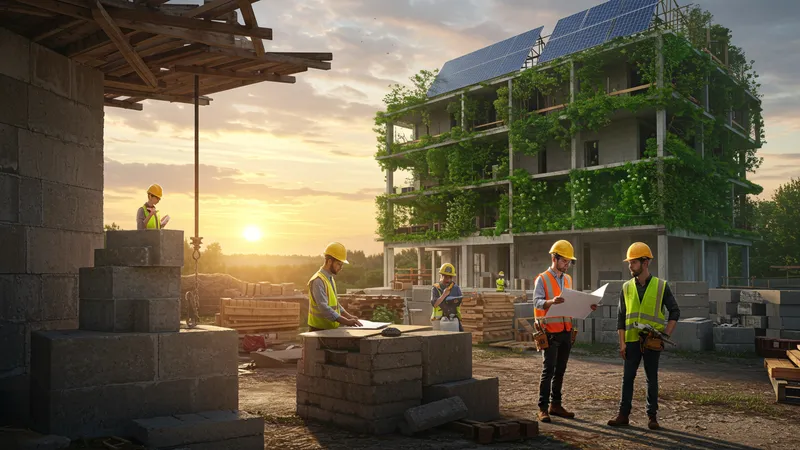
Innovative Solutions For Real Estate: Customer Management Software And Prefabricated Buildings
Rethinking Sustainability in Construction Practices
As global consciousness shifts towards sustainability, construction practices are undergoing a fundamental rethink. Strategies incorporate sustainable design principles and green building certifications that meet evolving environmental standards. But beyond compliance, these practices herald a new era in construction.

Emphasizing sustainable resource use, new building materials like hempcrete and cross-laminated timber are making waves. These materials not only reduce carbon footprints but also bring thermal efficiency and durability to projects. This focus refocuses sustainability from theory to practice. Yet, beneath the surface, more radical innovations are underway.
Water conservation and renewable energy integration are becoming standard in modern projects, marrying environmental responsibility with cost savings. Beyond initial spends, sustainable design translates into lower utility spending over a building’s lifecycle. These foundational investments redefine long-term returns but also invite more green innovations within the field.
Beyond individual projects, the wider industry is collaborating to foster sustainable development networks and frameworks. This industry-wide approach leverages collective expertise to innovate further and improve eco-responsibility across sectors. Transformative ripple effects are paving new frontiers, ensuring radically sustainable futures. Yet, further insights wait on the horizon.